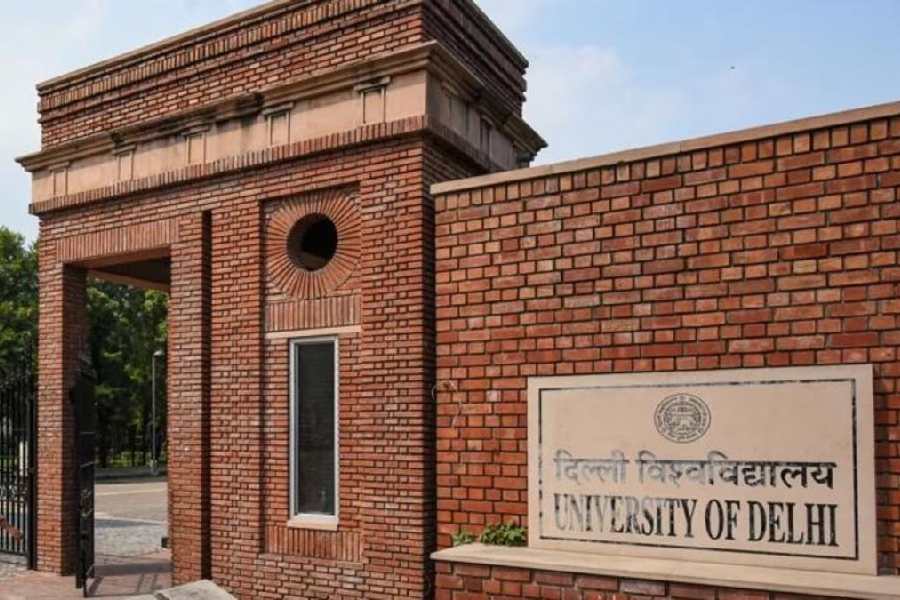 |
It was little more than 10 years ago that Vincent Fung could count on a steady trickle of office workers from the World Trade Center area or Wall Street to wander into his jewellery shop in Chinatown. His customers would often splurge on diamond rings or watches because they had just saved money eating a $5.25 chopstick lunch along Mott or Pell streets. “Now those office workers are gone, and the tourists are gone,” Fung laments.
Like Fung’s shop, Chinatown, by most accounts, has never recovered from September 11. There was the sheer loss of so many customers and an aftermath that turned the blocks below Canal Street into a months-long frozen zone. Visitors hunting for medicinal herbs, foot rubs or that $5.25 lunch found it difficult to penetrate armed checkpoints. Trucks could not deliver or pick up goods at garment factories and novelty shops.
The neighbourhood economy is in doldrums and that explains why some merchants like Fung, real estate developers and local elected officials are pressing the City Council to pass a bill to carve out a Chinatown Business Improvement District. Many believe that that will invigorate the neighbourhood like 64 others, including Times Square and Union Square.
A business improvement district, an idea that has been percolating in the community for many years, would assess property owners’ annual fees to enhance street cleaning, outdoor lighting, security, tourism and signs to steer visitors. Wellington Chen, executive director of the Chinatown Partnership Local Development Corporation, estimates that 35 per cent of the neighbourhood’s 1,891 property owners would pay $200 or less a year and 74 per cent less than $1,000.
But many property owners oppose the plan, contending that they have been scraping by since 9/11 and cannot afford even small increases in expenses. Jan Lee, whose family owns buildings on Mott Street fears that if he passes a $2,000 fee onto his commercial tenants he will drive them out. Opponents point out that in business improvement districts like Times Square’s, a good share of the fees is paid by large companies and banks.
Lam Sai Hung, 72, owner of Hop Lee Restaurant on Mott Street, said he washed the sidewalk in front of his restaurant every day and paid a private carter $1,100 a month to take away his garbage.
“Why do I need to spend more and more?” he said.
But Fung and other business-district proponents see such attitudes as shortsighted.
“They don’t see the bigger picture,” Fung said. “The more business you have, the higher the value of your property will be. You may pay a little more taxes, but you will get a little more rent.”
The critics seem resigned to losing because they expect council members to defer to the local councilwoman, Margaret Chin, a champion of the business district. The Council’s Finance Committee is scheduled to vote on a business district and a full council vote could come soon after.
“It’s not something new; it’s something that has been tried,” Chin said. “Chinatown can benefit, too. Cleaner, brighter streets will attract more visitors and make Chinatown connect to surrounding neighbourhoods.”
Chinatown, with its jostling sidewalks narrowed by bins heaping with live crabs, dried shrimp, arrow root and porcelain dishes, is still as tantalising as ever. Merchants, restaurateurs and residents from hundreds of miles away stream in on low-price Chinese-owned buses to get their menus printed, kitchens stocked or prescriptions filled by people who speak Mandarin, Cantonese or Fujianese.
The weekly influx explains the location of four eyeglass shops in little more than a block of Mott Street and is seen by some as an encouraging economic trend. Still, Chinatown’s economy is ailing.
The frozen zone proved to be the coup de grace for a declining local garment industry that at its peak employed more than 30,000 workers, according to John Lam, who owned 14 factories but now builds hotels and supports the business district. Those garment workers literally fed off Chinatown, dining in its easy-on-the-pocket restaurants or taking home ginger and roast duck.
“We lost all those women carrying home plastic bags of merchandise,” said Lee, the Mott Street landlord.
Tiffany Townsend, a spokeswoman for NYC &company, the city’s tourism arm, said the number of visitors had risen to 300,000 a year from about 200,000 in 2004, but local business people say tourism is nowhere near its pre-9/11 heyday. And according to an analysis by Andrew Beveridge, a sociology professor at Queens College, Chinatown and heavily Chinese tracts on the Lower East Side had 47,844 residents in the 2010 census, a decrease of nearly 9 per cent since 2000.
Howard Shih, census programmes director of the Asian American Federation, contends that the traditional Chinatown core now has fewer people than younger Chinese enclaves in Queens, and Brooklyn. Chinatown is also losing some of its Chinese residents as 19th-century tenements are gentrified by younger White residents taking advantage of low rents on charming blocks, even if the bathrooms are in the common hallways.
Yet there are optimists in a neighbourhood where more than a few residents believe fortune can turn on a dime. Many businesspeople are eagerly anticipating the opening of two buildings at Ground Zero, 1 and 4 World Trade Center; the influx of tourists drawn by the new memorial plaza there; and even a surge of tourists from a newly muscular China.
Chen, of the Chinatown Partnership Local Development Corporation, thinks a business improvement district could reverse the slump by promoting the jewellery district. He would also like to take advantage of Chinatown’s location near the Marriage Bureau so couples could patronise florists and restaurants there for their celebrations.
New York Times News Service










